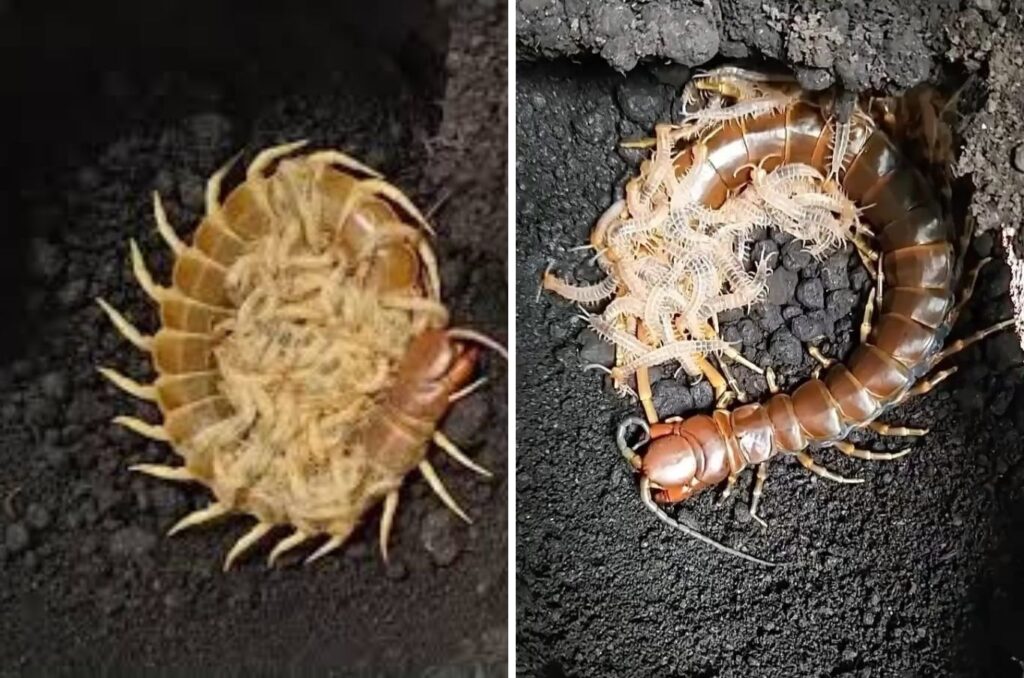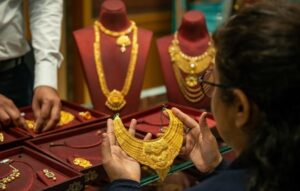Nature’s Unluckiest Mother: Centipede That Is Eaten Alive by Its Own Babies

Nature's Unluckiest Mother: Centipede That Is Eaten Alive by Its Own Babies
Female centipede reproduces only once in her lifetime, then sacrifices herself for her young
Nature can be both fascinating and cruel. Among the most shocking examples is the case of the female centipede, often described as the world’s unluckiest mother because she is eaten alive by her own newborns immediately after giving birth.
A Single Chance at Motherhood
According to entomologists, centipedes of the Scolopendra species reproduce only once in their lifetime. The female lays eggs and carefully guards them, wrapping her body around the clutch until they hatch. But this devotion often comes at a fatal cost.
Once the babies are born, if there is a shortage of food, the mother becomes their first meal. This process is scientifically known as matrifagy literally, “mother-eating.”
Why Does She Sacrifice Herself?
Newborn centipedes are too small and weak to hunt immediately. Their mother’s body, rich in protein and nutrients, becomes an easy and reliable food source. By allowing herself to be consumed, the female ensures her offspring survive and grow stronger, even though it brings her a slow and painful death.
A Harsh Gift of Survival
Experts explain that this sacrifice is not an accident but an evolutionary strategy. By giving up her body, the mother increases the chances of her babies’ survival, passing on her genes through them.
Not Alone in Nature
This shocking behavior isn’t unique to centipedes. Similar cases of matrifagy have been observed in certain spiders and crabs, where mothers also offer their own bodies as food to give their young a better chance at life.
What may seem like an act of cruelty is, in fact, nature’s brutal way of ensuring survival, a reminder that in the natural world, even the ultimate sacrifice can serve a purpose.











